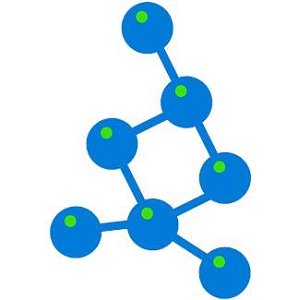Development of project scope involves identification of the three key components, including deliverables, boundaries and requirements.
Project Deliverables: Definition and Examples
Project deliverables definition: A deliverable is a tangible, measurable and auditable output which is expected to be gained or produced to accomplish a project or its part. Defining project deliverables means going a long way toward setting the overall project scope.
Project deliverables examples:
1. An organization is going to train its employees to improve their skills and increase their productivity. The project for employee training will be considered as delivered when employees step through all the stages of the employee training project and show better productivity, so the project deliverables will be: 1) well-trained employees; 2) improved skills; 3) increased productivity characteristics.
2. Implementation of a new billing system in Finance Department can be considered a project. The project deliverables may include: 1) copies of the system are installed on all computers of the department; and 2) all staff members know how to operate and use the new system.
Project Boundaries: Definition and Examples
Project boundaries definition: The boundaries of a project are measurable and auditable characteristics that define what belongs to the project and what doesn’t belong to it. Project boundaries are closely linked to project objectives, they create a holistic project perception, and they define the content of the project in terms of expected results. A clear project boundary statement helps direct the things that are applicable to those areas that are within the project scope.
Project boundaries examples:
1. An organization is going to sell office equipment within The United States. It signs up an agreement with a domestic distributor. This agreement can state a project for selling office equipment and its boundaries will affect USA operations only. All other locations are out of scope (that is out of the defined boundaries).
2. An IT administrator considers installing a new software system on computer workstations of both Finance and Legal departments in some organization. The boundaries of this project for installing the system extend to these two departments only. All other departments of the organization are out of scope.
















